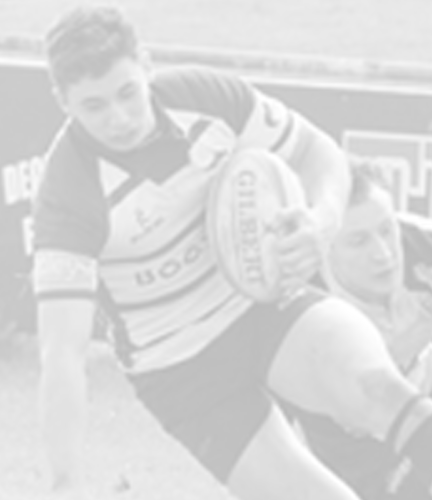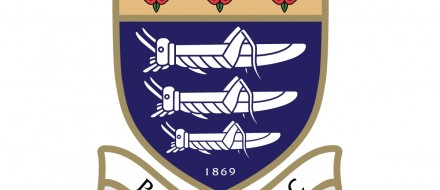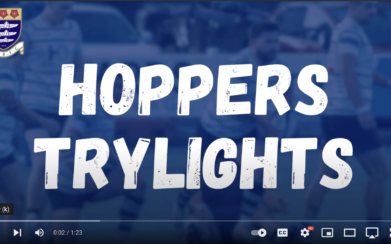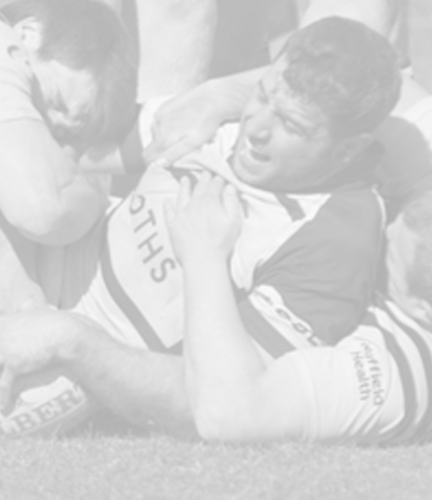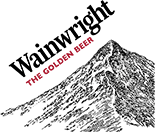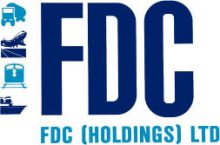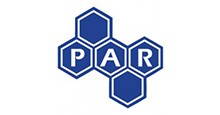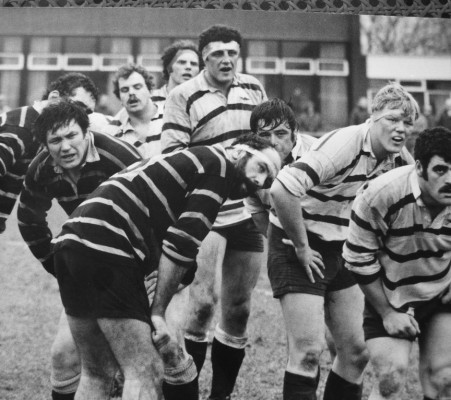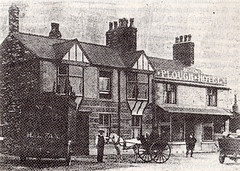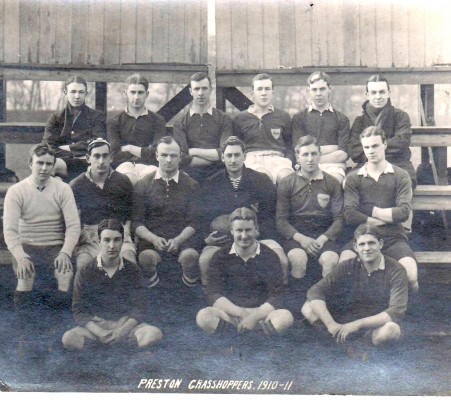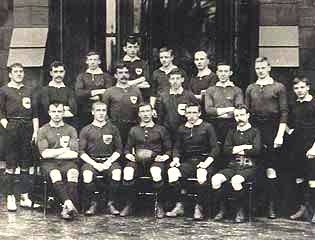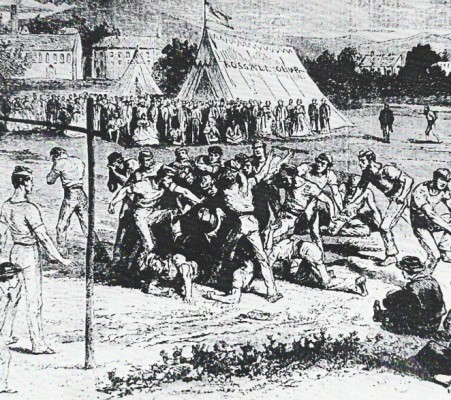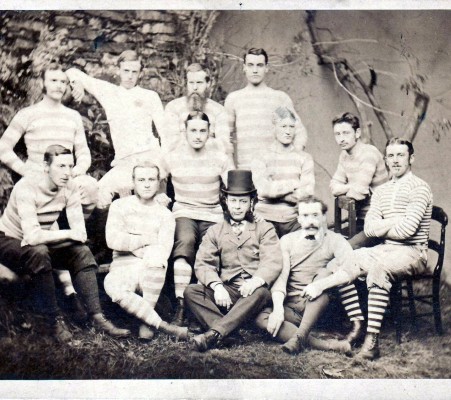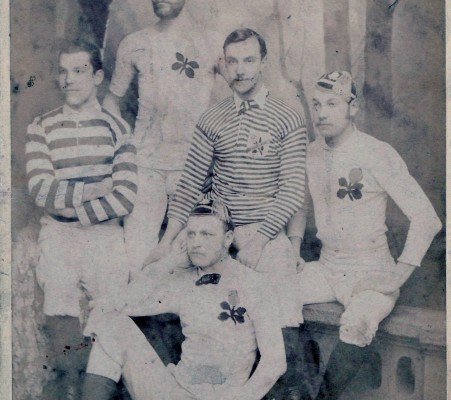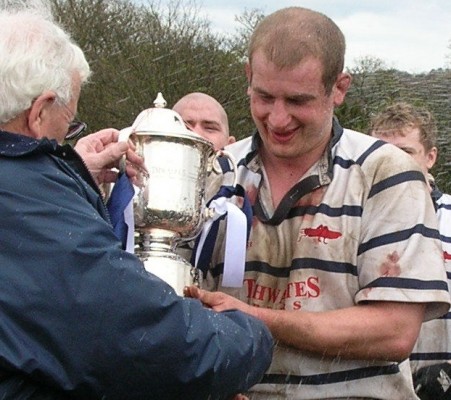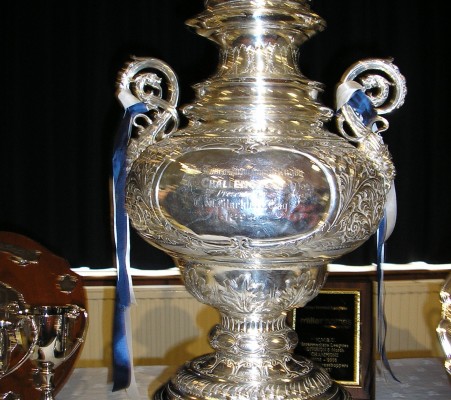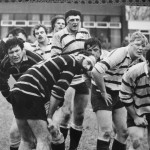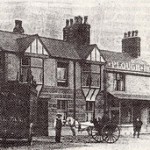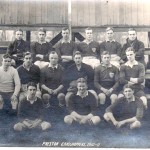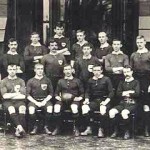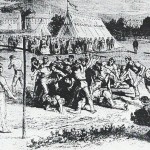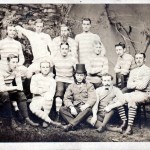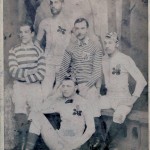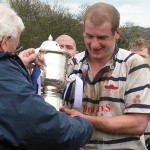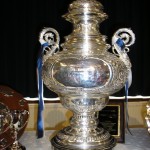1969 – 2000
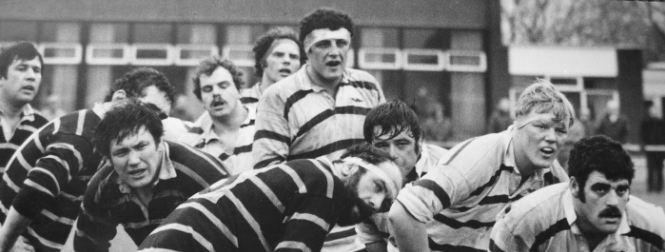
In 1969 the Centenary season was celebrated with a testing fixture list including a game against the Old Cheltonians. The wanderlust was in evidence again, however, fuelled by increasing vandalism at Lea and perhaps recognition that the growing demand required a bigger site to allow more pitches.
1973 saw the first games at the current site at Lightfoot Green after a land swap with a development company. History perhaps repeats itself with a former duck farm not producing the most pleasant of odours and the problem of drainage again to the fore. Some difficult seasons were experienced but patience was rewarded and both the pitches and the playing record improved.
Bar turnover was a key factor in the financial calculations with a full time steward enabling the thirsty to be satisfied every day of the week. Men like our past presidents, George Thompson, Leslie Anson and the late Pym Simons take a great deal of credit for keeping the club going and preventing it falling too far down the ladder when times were tough.
The late 1970s saw Hoppers branch into other sports with the development of four squash courts and a shooting range. There was also a change for the better on the playing side with two significant developments. The coaching side was strengthened with, first the arrival of Stan Liptrot and, later J.R.H. (Dick) Greenwood. The playing strength also benefited from the links with the Constabulary. County standard players Alan Wyllie and Mick Parker were playing for the club at weekend and the Constabulary in midweek and a certain Wade Anthony Dooley was gradually being persuaded that rugby union was a game he could take to.
With a splendid prop in the form of Brent Horton returning and gritty back row Roy Dransfield starting a road, which would take him to 500 first team appearances, Greenwood had the materials, which he would mould into a pack to match the best. The early eighties produced exceptional playing records and representative appearances for Wade Dooley leading in 1985 to, the first of his 55 England caps.
In 1988 a grandstand improved the lot of spectators and lead to the club again being asked to host county games. More recently, the establishment of new pitches has enabled the thriving mini/junior section to flourish. A steady development programme has seen the opening of hospitality/conference facilities in the Wiseman Room and the extension of the main (Dooley) Lounge and the Members Bar. A medical room and a weight’s room were also added.
League rugby was greeted with open arms and the 1869 Club came into being to focus the activities of rugby supporters in the club. Paul Grayson was persuaded to give up soccer in favour of rugby and went on to gain an England Under 21 cap before continuing his development elsewhere and obtaining a full England Cap.
England International, Will Greenwood, also briefly wore a Hoppers shirt and Patrick Sanderson, spent his formative seasons at Lightfoot Green. Preston is fully committed to Youth Development and continues to produce quality players, including recent England Internationals, Iain Balshaw and Steve Borthwick (who captained his Country) plus Alex Sanderson who also captained Sale. The under 19’s have won the Lancashire Senior Colts Cup seven times and been runners up once. Their Pride and Joy was the National Plate, which was won in the Millennium Year of 2000 at Northampton’s Franklin’s Gardens. 2003 almost saw the feat equalled, but they were defeated in the final.
The 1996/7 season saw a record attendance of 3000 at Lightfoot Green as Hoppers progressed for the first time to the fifth round of the Pilkington Cup and a meeting with first division Northampton.
April 1997 saw the club host the England v. Scotland (18 Group) schools fixture and also saw the first game of cricket played on an artificial wicket in one of the far corners of the grounds.
As the clubs facilities continued to expand they attracted interest both on and off the pitch but if there was one thing missing from this tale of continued development it was the elusive goal of promotion. 17th April 1999 saw that put right. Hoppers travelled to Sandal needing a win to ensure promotion from Jewson National League Two North. A 36-11 victory was achieved and the celebrations began. To round off a tremendous season, Australian fly half, Michael Lough, was named the league’s player of the season at the presentation dinner at the Belfry.






